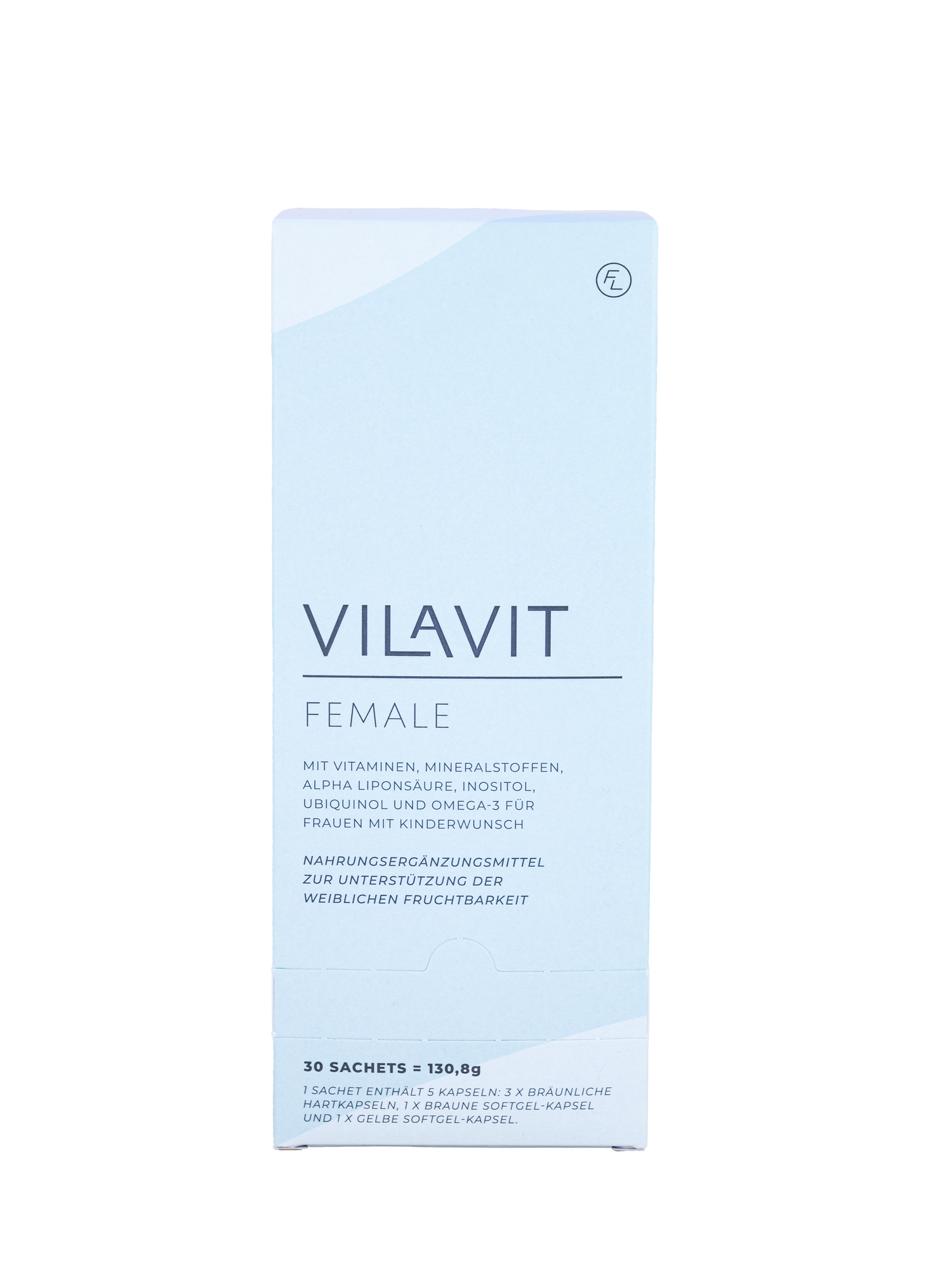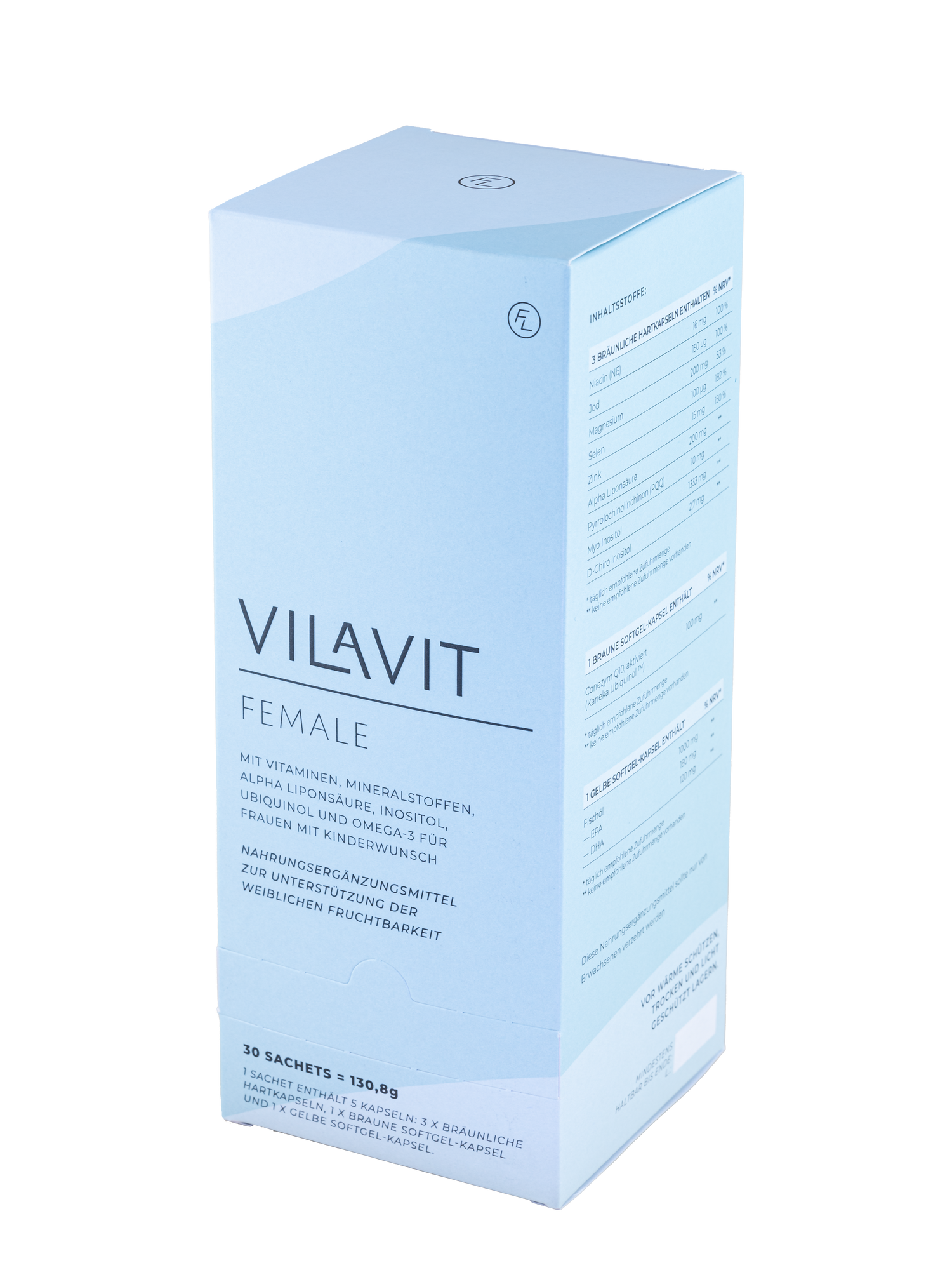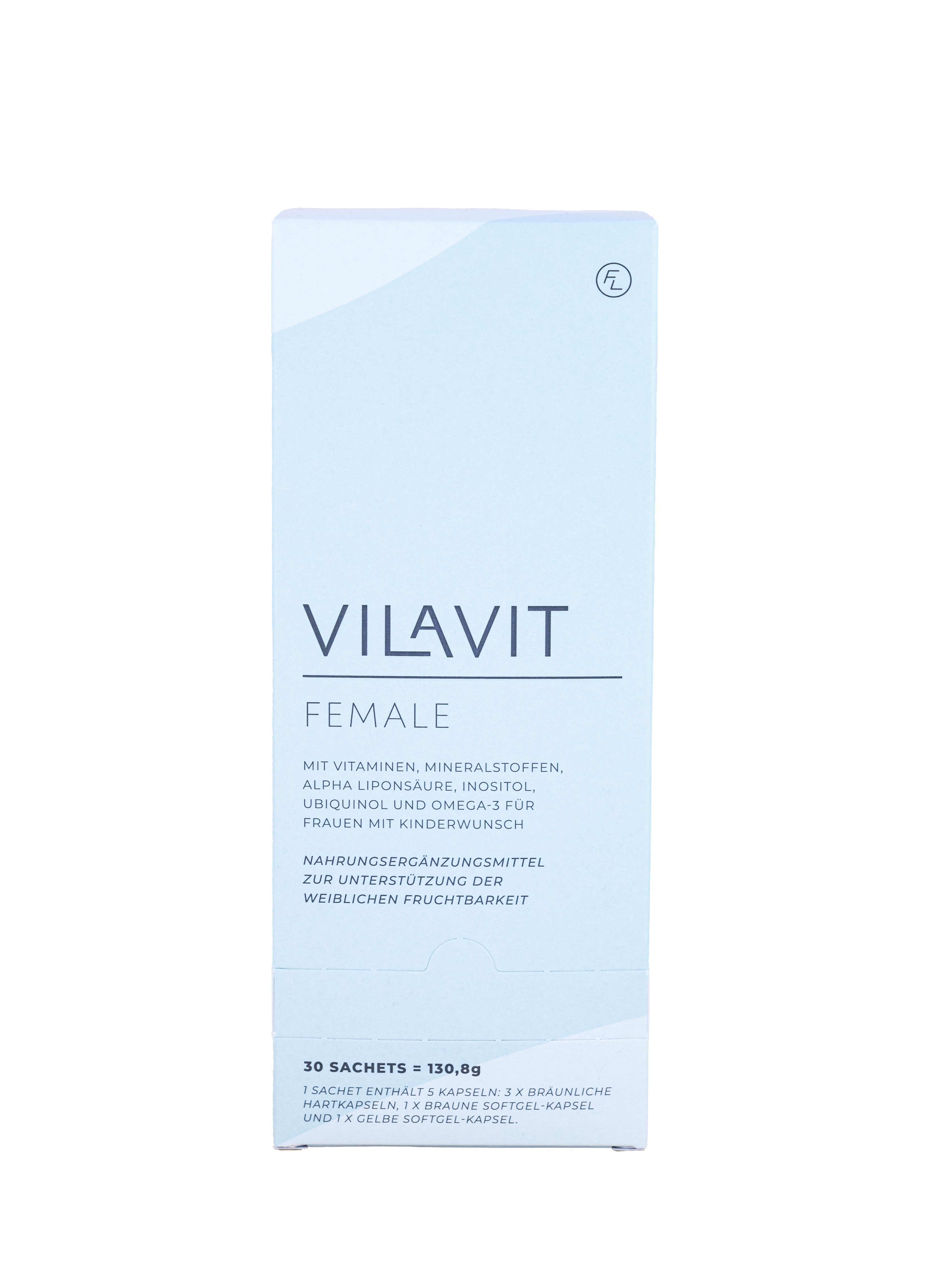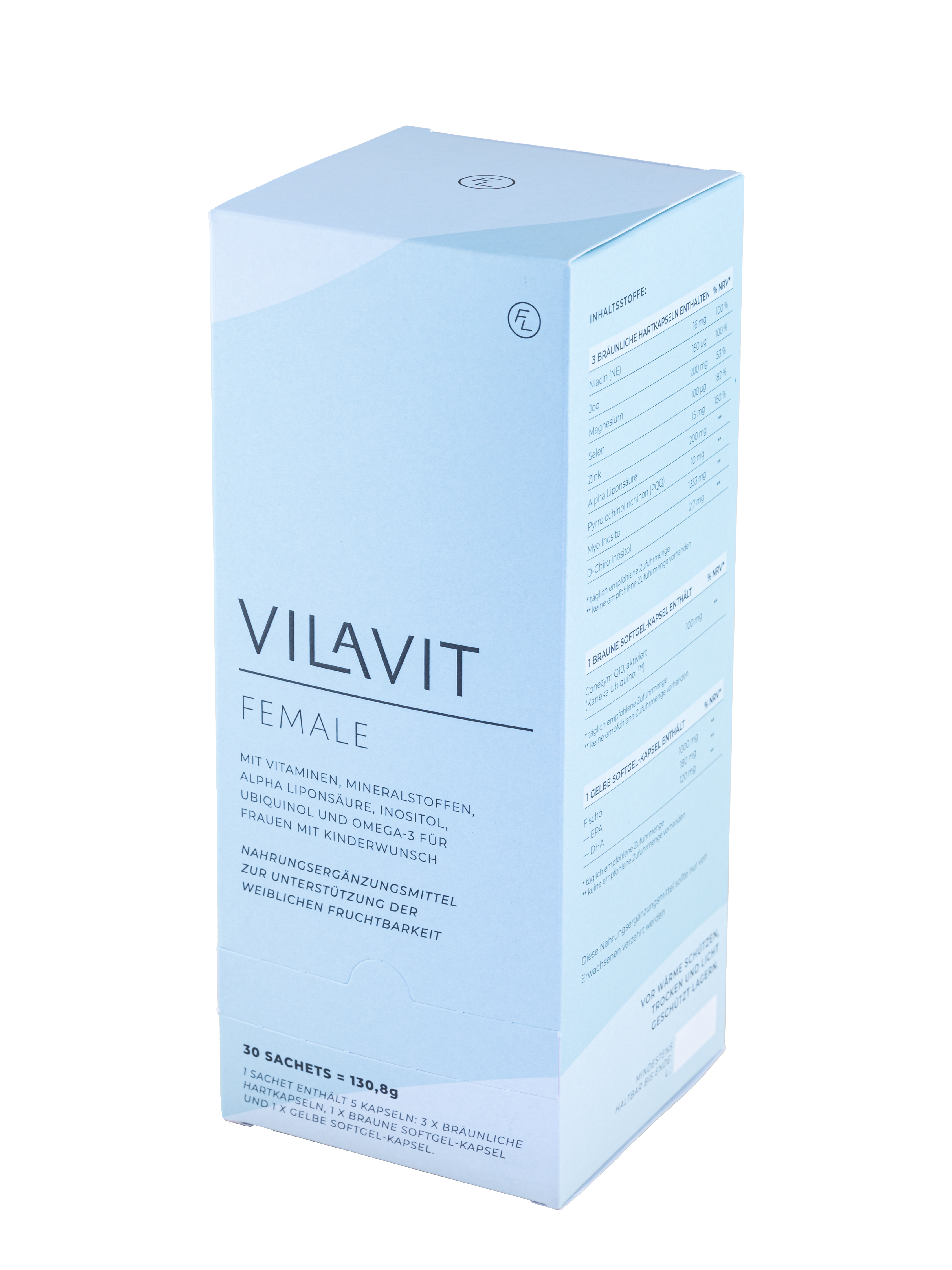In the world of medical diagnoses, there are often cases that puzzle both doctors and patients alike: idiopathic infertility. This term describes infertility in a couple for which, despite extensive investigations, no clear cause can be identified. For those affected, this can be a highly stressful and frustrating situation, as they often face a lack of clear answers or solutions.
What does "idiopathic infertility" mean?
Idiopathic infertility occurs when a couple struggles to conceive naturally, and after thorough medical investigation, no recognizable cause for the infertility is found. This does not mean that no investigations are conducted; on the contrary, doctors often employ a variety of tests and procedures to rule out possible issues such as hormonal imbalances, structural abnormalities, or genetic disorders. Yet, in some cases, the cause of infertility remains unknown.
What treatment options are available for idiopathic infertility?
- Cycle Monitoring: Cycle monitoring is a valuable therapeutic option for couples with idiopathic infertility, helping to determine the best time for conception and gain a better understanding of their own cycle. Techniques such as temperature measurement, ovulation tests, ultrasounds, and cervical mucus observation can increase the chances of successful conception. [ 1]
- Cycle Monitoring with Hormonal Stimulation: If there are indications of irregular ovulation, medications like Clomiphene or gonadotropins can be used in addition to cycle monitoring to stimulate the ovaries to produce eggs. Even if no specific hormonal disorders are identified, this treatment can regulate ovulation and enhance the chances of pregnancy.
- Assisted Reproductive Technologies (ART):
- Intrauterine Insemination (IUI): Processed sperm is directly introduced into the uterus, potentially increasing the chances of pregnancy by bringing sperm closer to the site of fertilization.
- In-vitro Fertilization (IVF): Eggs and sperm are combined in a lab dish to facilitate fertilization. The resulting embryos are then transferred into the woman's uterus. This method can be particularly helpful if other treatment attempts have failed.
- Intracytoplasmic Sperm Injection (ICSI): A specialized form of IVF where a single sperm is injected directly into an egg. This method is often used for sperm quality issues but can also be effective in cases of idiopathic infertility.
What else can be done when suffering from idiopathic infertility?
- Lifestyle Changes and Alternative Therapies:
- Diet and Lifestyle Adjustments: Healthy eating, regular exercise, and stress reduction can support fertility.
- Micronutrients: Scientific studies have shown a positive effect of antioxidants, vitamins, and minerals on egg and sperm quality. Formulas like "Pimp my Eggs" and "Pimp my Sperm" are available online. VILAVIT Female and VILAVIT Male have been developed by leading reproductive medicine experts based on the latest scientific studies to improve egg quality and sperm production, count, and quality. [ 2][ 3][ 4]
- Acupuncture and Other Alternative Therapies: Some studies have shown that acupuncture and other alternative therapies, in combination with traditional medical treatments, can support the success of reproductive treatments. These methods should always be used in consultation with a medical professional. [ 6]
- Psychological Support and Counseling:
- Psychological Counseling: The emotional burden associated with idiopathic infertility can be significant. Professional psychological counseling can help manage emotional stress and strengthen coping mechanisms.
- Support Groups and Online Communities: Connecting with other couples in similar situations can offer support and understanding, as well as helpful tips and emotional support.
What are the success rates for idiopathic infertility?
Success rates for idiopathic infertility can vary widely and depend on factors such as the age of the partners, the duration of infertility, overall health, and the chosen treatment methods. Typically, success rates are around 24.5% per ART cycle, depending on factors like age. [ 7]
Future Outlook and Research
Research in reproductive medicine is continually advancing. New technologies, such as preimplantation genetic testing (PGT) and innovative genetic tests, may help better understand the causes of idiopathic infertility and develop targeted treatments.
References:
- Mbi Feh MK, Patel P, Wadhwa R. Clomiphene. [Updated 2024 Jan 11]. In: StatPearls [Internet]. Treasure Island (FL): StatPearls Publishing; 2024 Jan.
- Sadaghiani S, Fallahi S, Heshmati H, Teshnizi SH, Chaijan HA, Ebrahimi FFA, Khorrami F, Poorrezaeian M, Alizadeh F. Effect of antioxidant supplements on sperm parameters in infertile male smokers: a single-blinded clinical trial. AIMS Public Health. 2020;7(1):92-99.
- Safarinejad MR, Safarinejad S, Shafiei N, Safarinejad S. Effects of the reduced form of coenzyme Q10 (ubiquinol) on semen parameters in men with idiopathic infertility: a double-blind, placebo controlled, randomized study. J Urol. 2012 Aug;188(2):526-31
- Vašková J, Klepcová Z, Špaková I, Urdzík P, Štofilová J, Bertková I, Kľoc M, Rabajdová M. The Importance of Natural Antioxidants in Female Reproduction. Antioxidants (Basel). 2023 Apr
- Qu F., Wang F.-F., Wu Y., et al. Transcutaneous electrical acupoint stimulation improves the outcomes of in vitro fertilization: a prospective, randomized and controlled study.
- Natural conception rates in couples with unexplained or mild male subfertility scheduled for fertility treatment: a secondary analysis of a randomized controlled trial
- Preimplantation Genetic Testing for Genetic Diseases: Limits and Review of Current Literature















